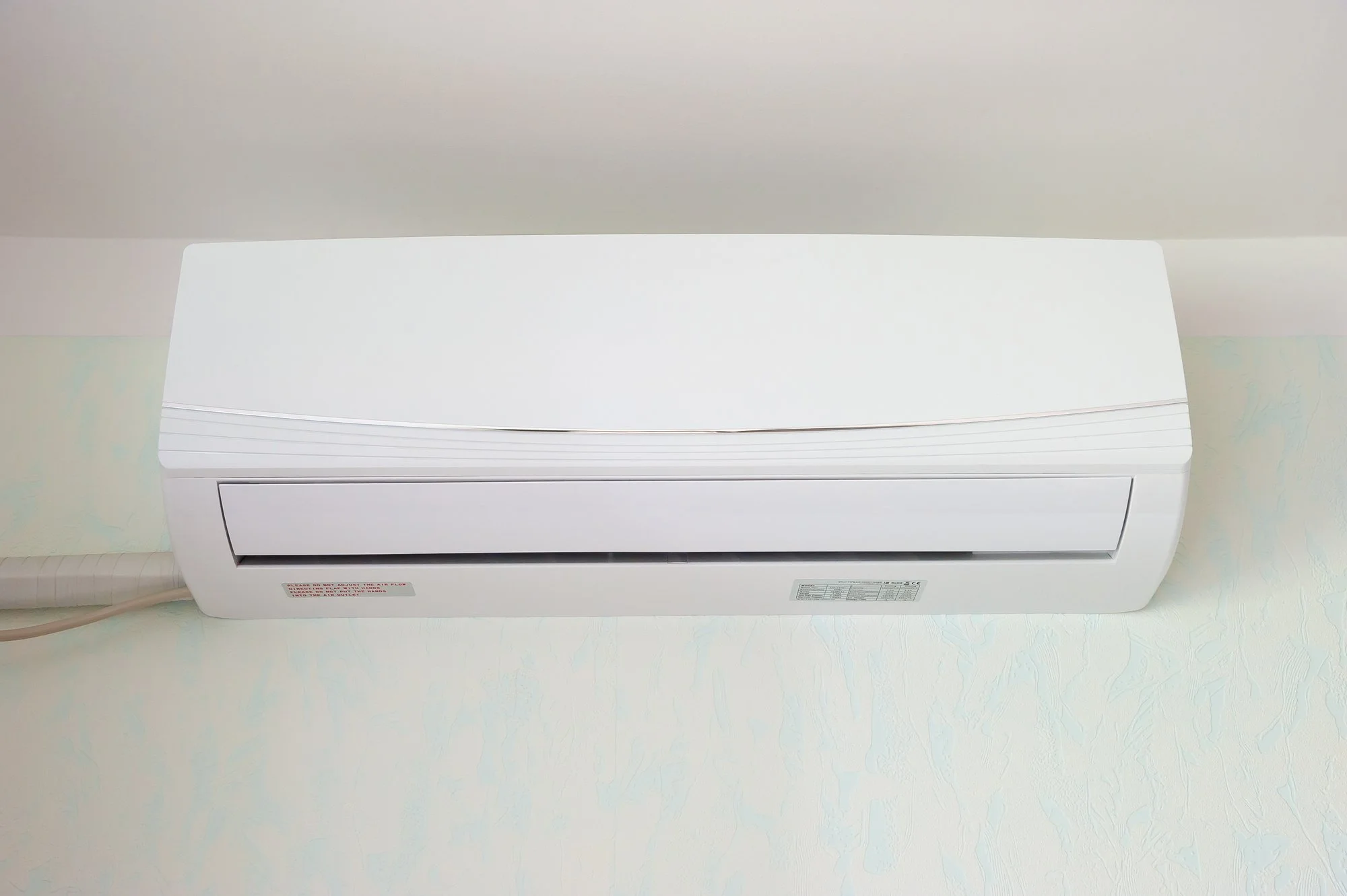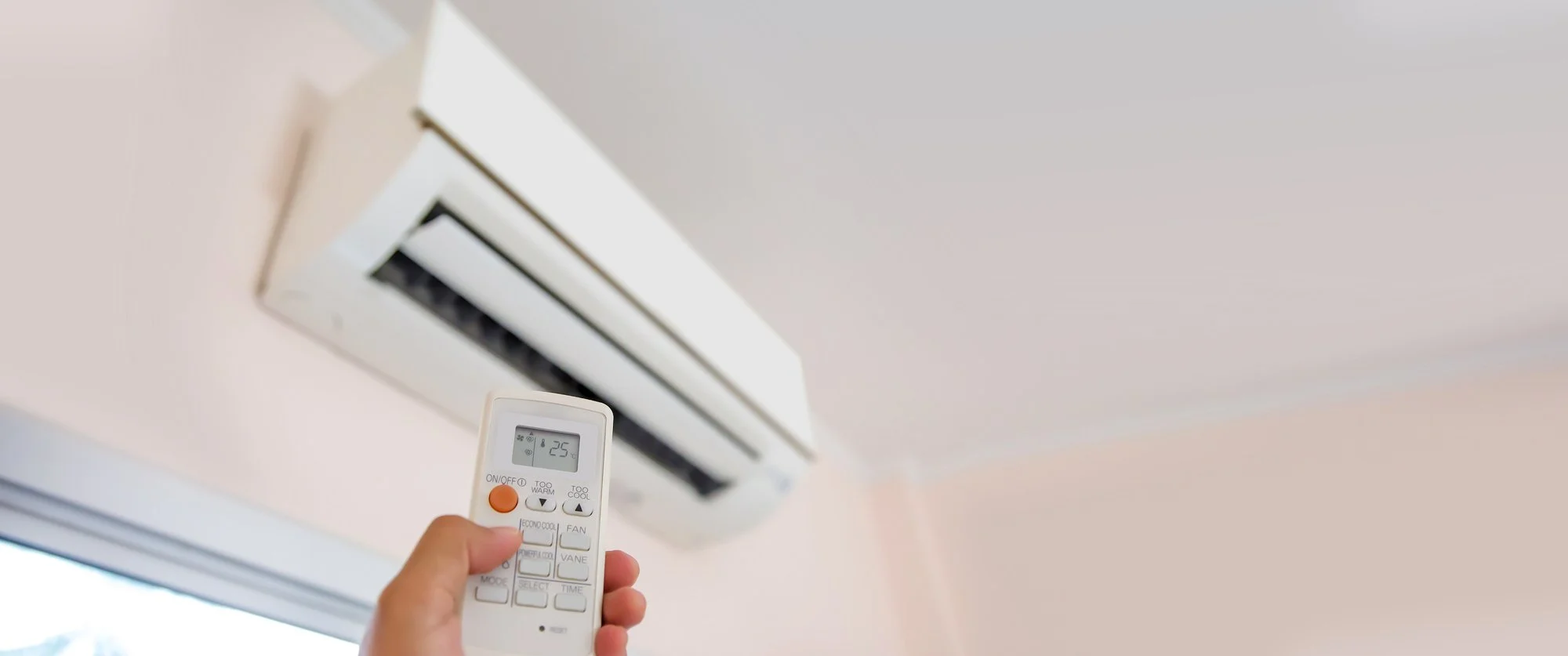The Pros And Cons Of A Split Type Air Conditioner
RH Business Marketing Solutions
Split-type air conditioning (AC) units are one of the most popular ACs today. They’re versatile, allowing you to cool a small room or ample space depending on your needs. You can also move them from place to place without worrying about taking apart anything too complicated. These air systems are an excellent option for homeowners without much experience with HVAC systems.
Below are some pros and cons of using a split-type AC unit to help you in understanding split air systems.
Pros Of Split-Type Units
Here are three advantages of using this type of AC.
1. Energy Efficiency
Split-type AC units are considered one of the market's most energy-efficient. They use a heat exchanger to transfer heat from the inside of the building to the outside.
The heat exchanger uses refrigerant gas, which is pumped through an evaporator coil to absorb heat from the inside air, then through a condenser to release the heat outside.
The main benefit of split-type ACs is that they offer greater control and efficient cooling of individual rooms or spaces compared to other types of AC systems.
2. Low Noise Level
The low noise level of a split-type air conditioner is one of its most important advantages. You can enjoy your favorite TV show or music without any disturbance from the AC. It's mainly because of the way it works.
Unlike window air conditioners, split-type ACs have an outdoor unit mounted on an exterior wall, while the indoor unit is installed inside your home or office. The external unit contains all the components to cool your room, including the fan motors and compressor. No part of the unit will be directly exposed to sound waves inside your room, resulting in lower noise levels than window units can offer.
3. Visual Appeal
Split-type ACs have a unique design and look elegant in any room or office. They offer a high energy efficiency and performance level, which is why they’re mainly used for residential applications.
The split-type design offers an excellent solution for cooling small and large areas because you can install it quickly and efficiently without causing any disturbance to the environment or structure where it’s placed.
These units are also easy to maintain because they only require cleaning every year or so, depending on how much dust accumulates inside them after regular usage.
Cons Of Split-Type Units
Here are three disadvantages of using this type of AC.
1. Unit Price
One of the disadvantages of split-type ACs is that they’re more expensive than window air conditioners. A typical window unit costs around USD$100, while a split-type air conditioner can cost up to USD$500.
The price difference is because split-type ACs use a separate condenser unit outside the home and a single indoor unit that sits near the window. The two units connect through a duct system and use electrical power from an outlet inside your house or apartment.
The condenser unit sits in an outdoor area, such as a patio or garage, where it can easily remove heat from your home during hot weather.
2. Installation And Location
The installation process is more challenging than it seems. If you have yet to experience installing electrical appliances or devices in your home, this type of appliance might not suit you.
Furthermore, installing it incorrectly may cause problems later, such as leaks or short circuits due to wiring issues or improper connections between components.
You should also consider the location of your air conditioner. You want to avoid installing it in an area that blocks essential doors or windows.
3. Maintenance
The main disadvantage of split-type ACs is that they require more maintenance than window air conditioners. Split-type ACs have three main components: the condenser, the compressor, and the evaporator/blower.
The condenser is located outside the house and is exposed to extreme weather conditions. The compressor is located inside the house and can be easily damaged by water leaks. The evaporator/blower is also located inside the house but gets hot when used for cooling purposes. All these components need regular maintenance to function correctly.
The most common issue with split-type ACs is leaky seals around the external unit. It causes water to enter the external unit, damaging it beyond repair. If you notice any wet areas around your outdoor unit or signs of leakage in your ducts, call an AC professional immediately before it's too late!
Takeaway
If you need a powerful cooling device that’s easy to move, consider the split-type air conditioner. It provides quiet and efficient cooling, which is excellent for small to medium-sized rooms, such as bedrooms or living rooms. You can also pair it with other systems to cool larger spaces or use it alone in small areas if your home requires it.

